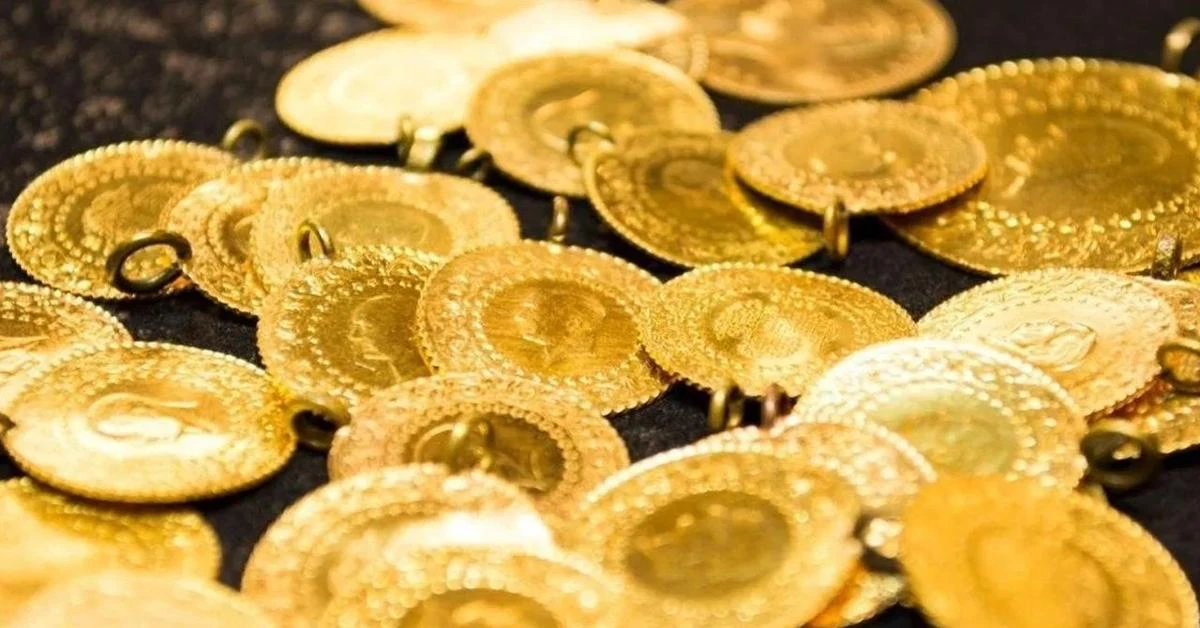‘Eliminating deficit’: Finance Ministry explains quotas on raw gold imports

The Ministry of Treasury and Finance explains the rationale behind the raw gold import quota, aiming to reduce the current account deficit
On Monday, the Ministry of Treasury and Finance issued a statement regarding the quota application for raw gold imports to address trade imbalances.
The statement aims to clarify questions regarding the rationale for the quota, its scope, the determination of the quota amount, the distribution process, its effectiveness and the future action plan.
Reasons for the quota
Explaining the reasons behind the quota, the Ministry emphasizes that there has been a significant increase in raw gold imports, contributing to a significant portion of the current account deficit.
As a result, measures were deemed necessary to reduce the adverse effects on the balance of payments.
How the quota was set?
After evaluating various policy measures to reduce imports of unprocessed gold, quotas were adopted as a quick and effective step.
As of August 7, 2023, the monthly quota was set at 12 tons, 1.5 times the long-term average monthly imports of unprocessed gold.
Covered import transactions
In accordance with the foreign exchange legislation, imports of unprocessed gold can only be made through intermediary institutions authorized by the Ministry of Precious Metals.
Therefore, this quota applies to import transactions carried out by these organizations. Individuals who are not precious metals intermediary organizations can only import unprocessed gold within the scope of the Inward Processing Regime (DIR), and such import transactions are excluded from the quota application.
The quota distribution considers the past import volumes of precious metals intermediary organizations, while provisions have also been introduced for companies planning to import after the implementation.
During the quota implementation, it was stated that jewelry exporters had problems accessing raw materials and international prices, and some quotas were allocated to jewelry companies through banks. These arrangements aim to better respond to the needs of the sector. Currently, the monthly quota distribution of 12 tons is as follows:
– 25% for sale to jewelry exporters.
– 38% for sale to jewelry companies.
– 33% for precious metals intermediary institutions that imported unprocessed gold in 2022 and 2023 within the scope of quota application.
– 4% was set aside as reserves for precious metals intermediary institutions that did not import during January 2022 – July 2023 but wished to import after the implementation.
Positive impact
The statement said that since the quota was introduced, raw gold imports have significantly declined, positively impacting the current account balance.
According to TURKSTAT data, unprocessed gold imports decreased by 32.7% year-on-year to 169.6 tons in quantity and by 3.2 billion in value to $10.3 billion because of the quota implementation that started in August 2023.
In the first two months of 2024, imports of unprocessed gold decreased by $6.8 billion year-on-year to $2.1 billion.
In terms of quantity, imports decreased by 77.9% to 33.1 tons.
As of February 2024, the 12-month cumulative current account deficit was $31.8 billion.
While the current account balance is expected to improve in the upcoming period, the gold balance is also expected to contribute to this favorable course.
Looking ahead, the Ministry commits to closely monitoring the implementation, ensuring sectoral needs are met, and taking necessary actions to support the sector’s access to raw materials and export activities.
Source: Newsroom



